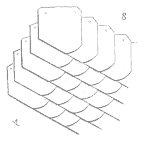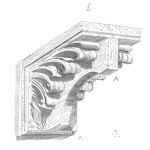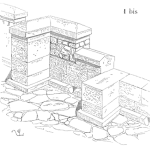
In conversations about “Six Sigma level” performance, I hear people using DPPM and DPMO like they’re the same thing. And in fact, they’re close, but not interchangeable. Among manufacturing quality professionals though, this distinction matters critically when describing how good (or how bad) a process really is.
[Read more…]











 Ask a question or send along a comment.
Please login to view and use the contact form.
Ask a question or send along a comment.
Please login to view and use the contact form.